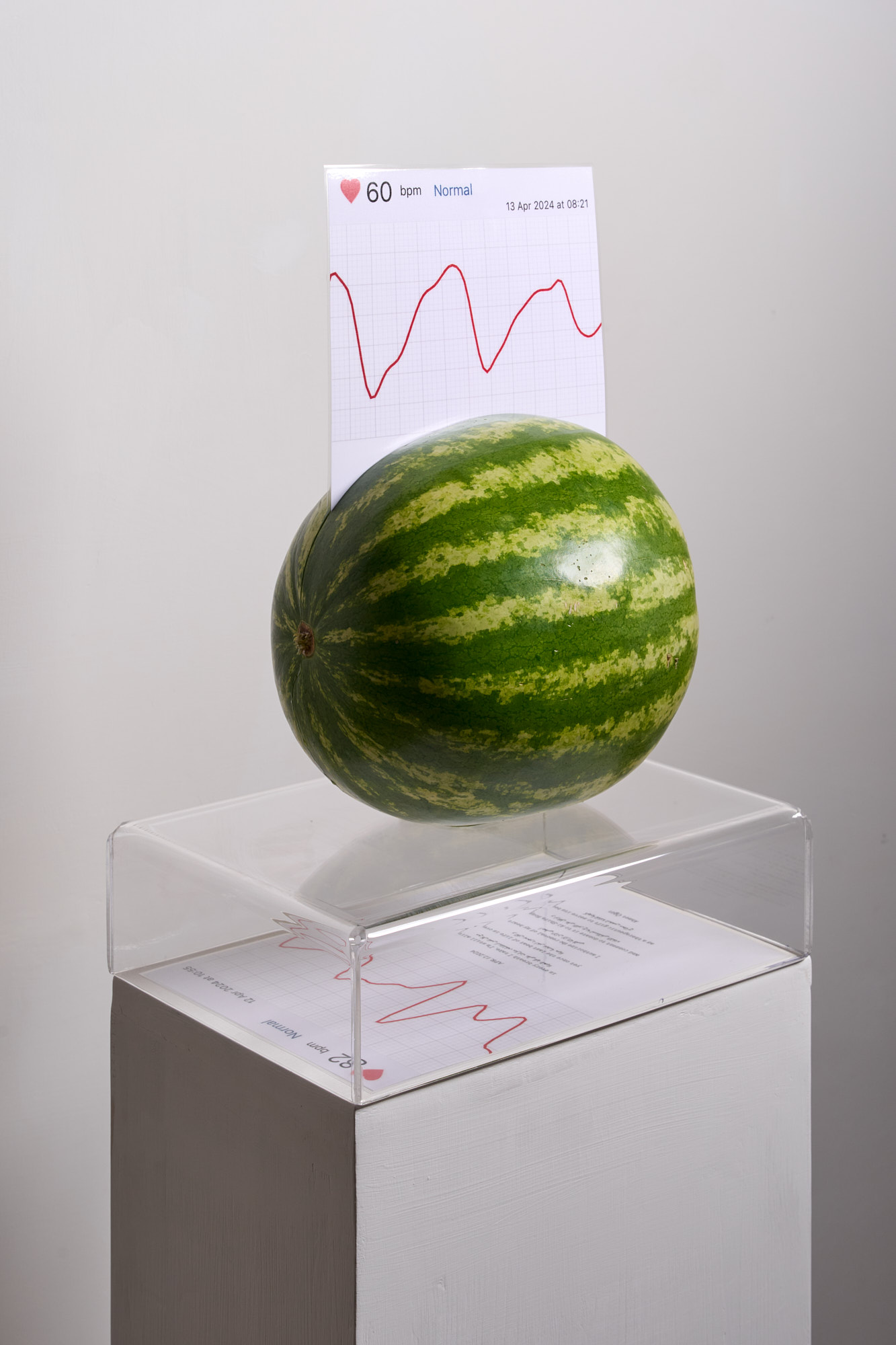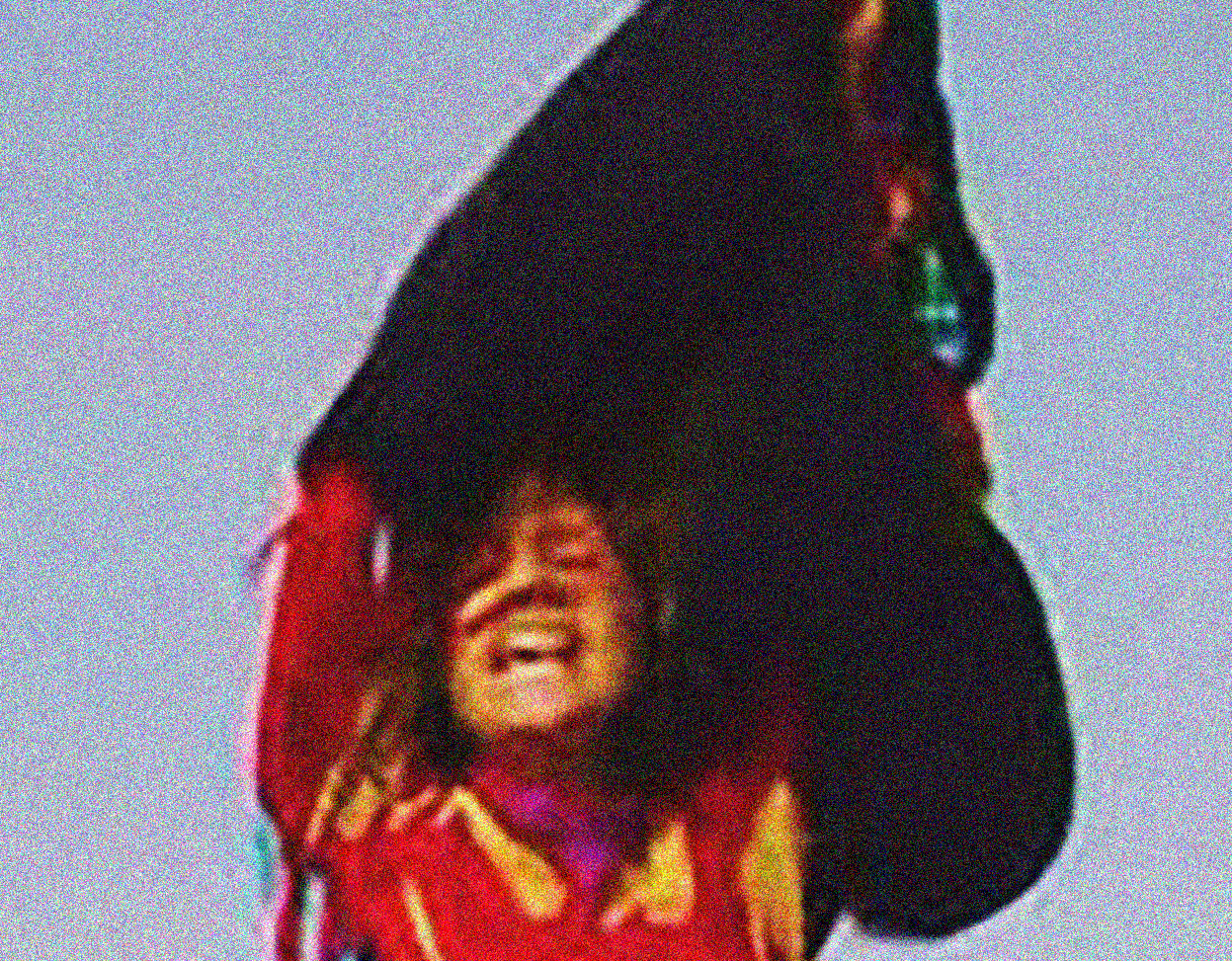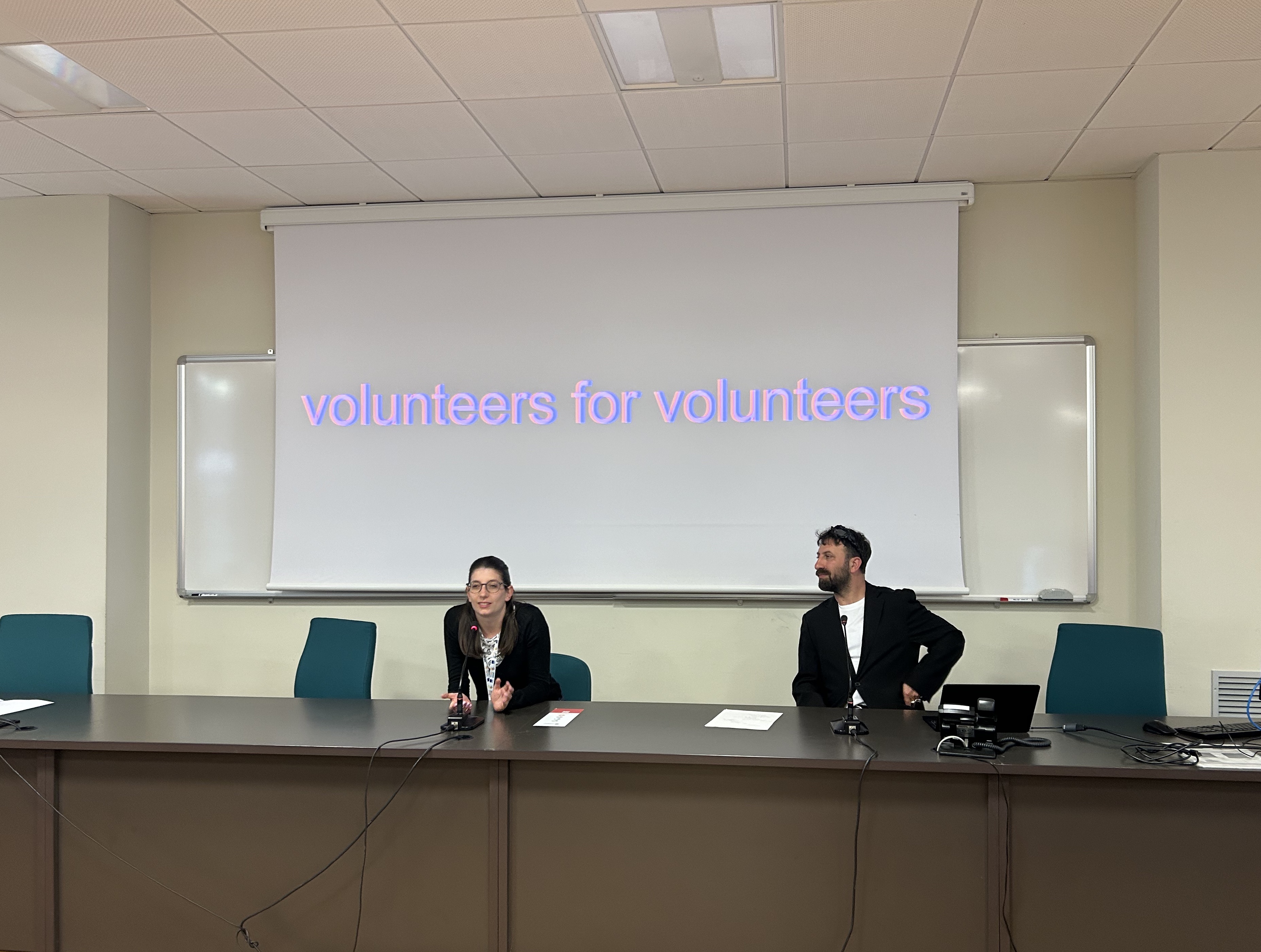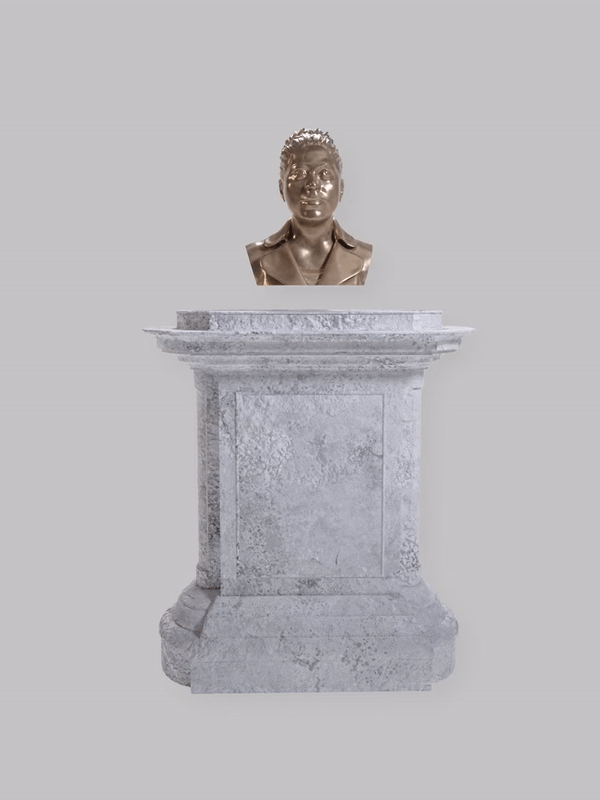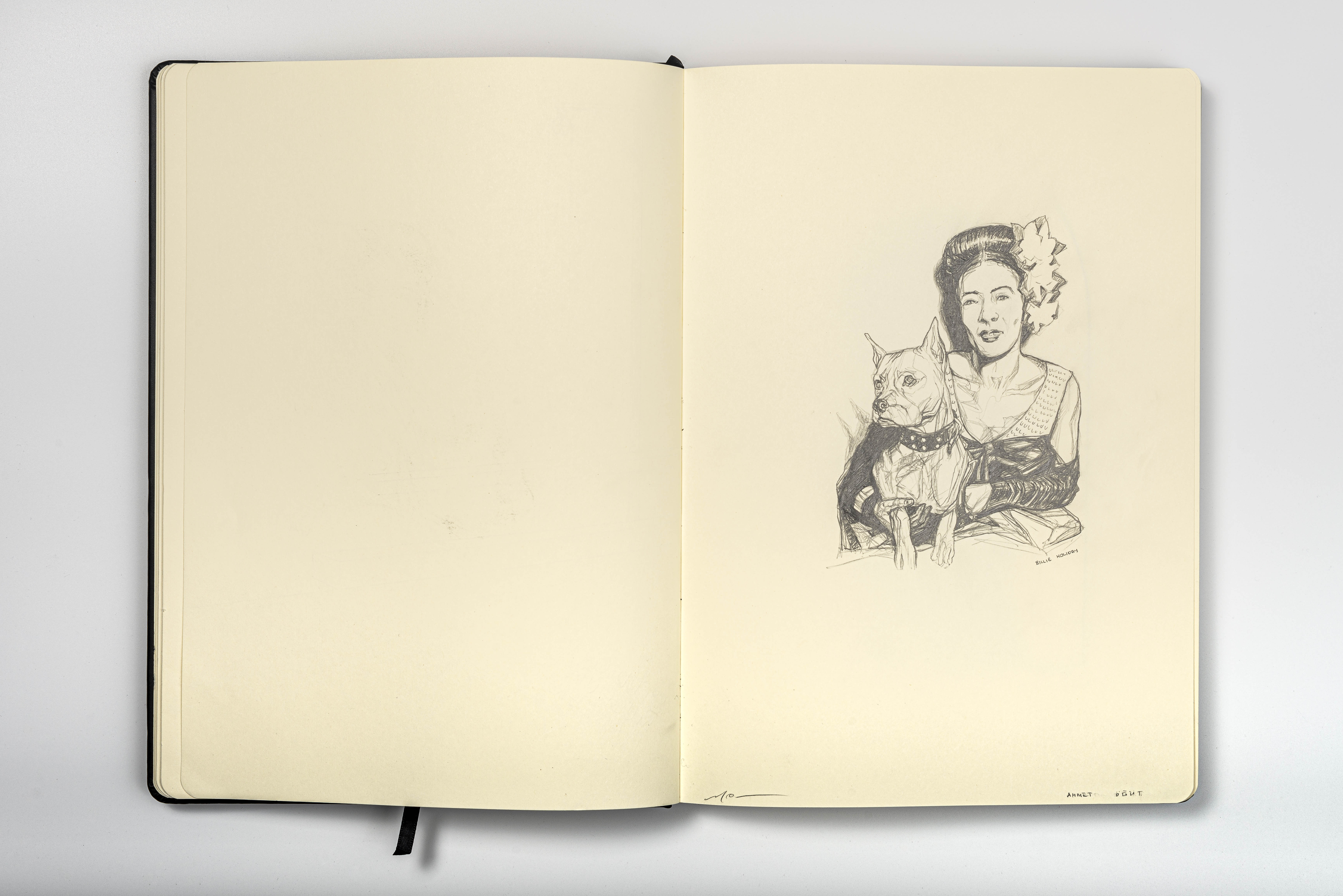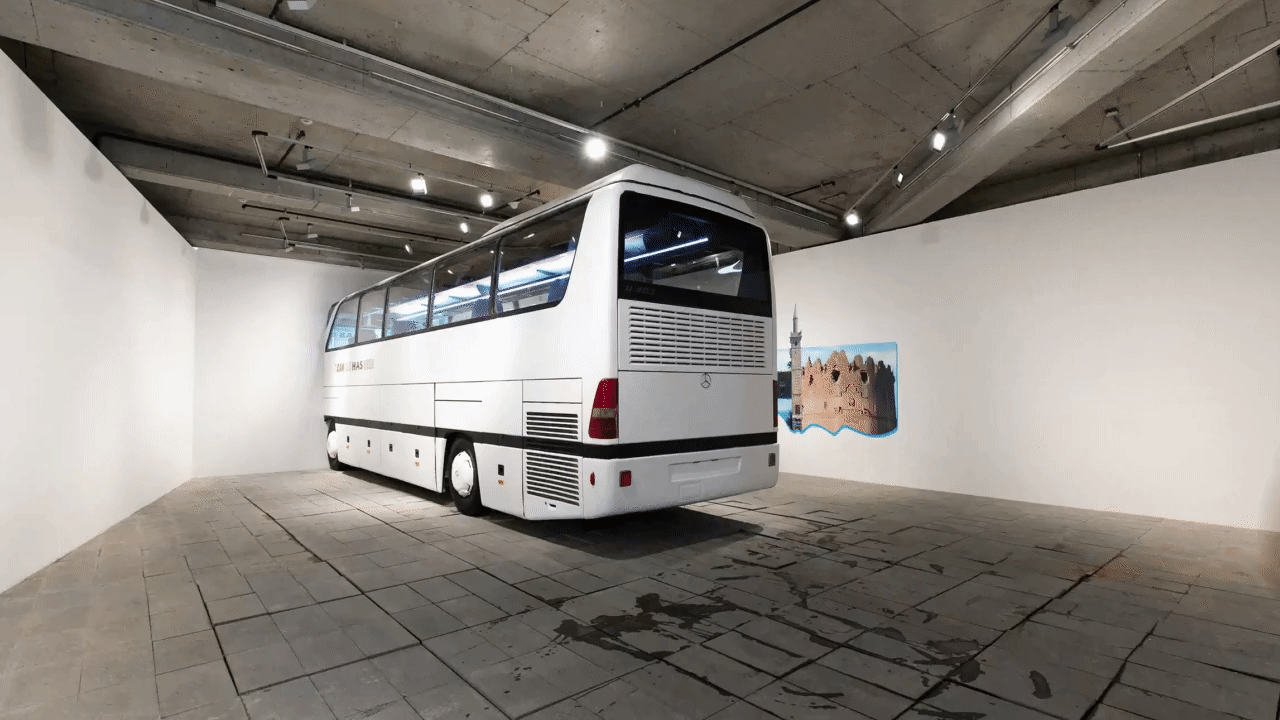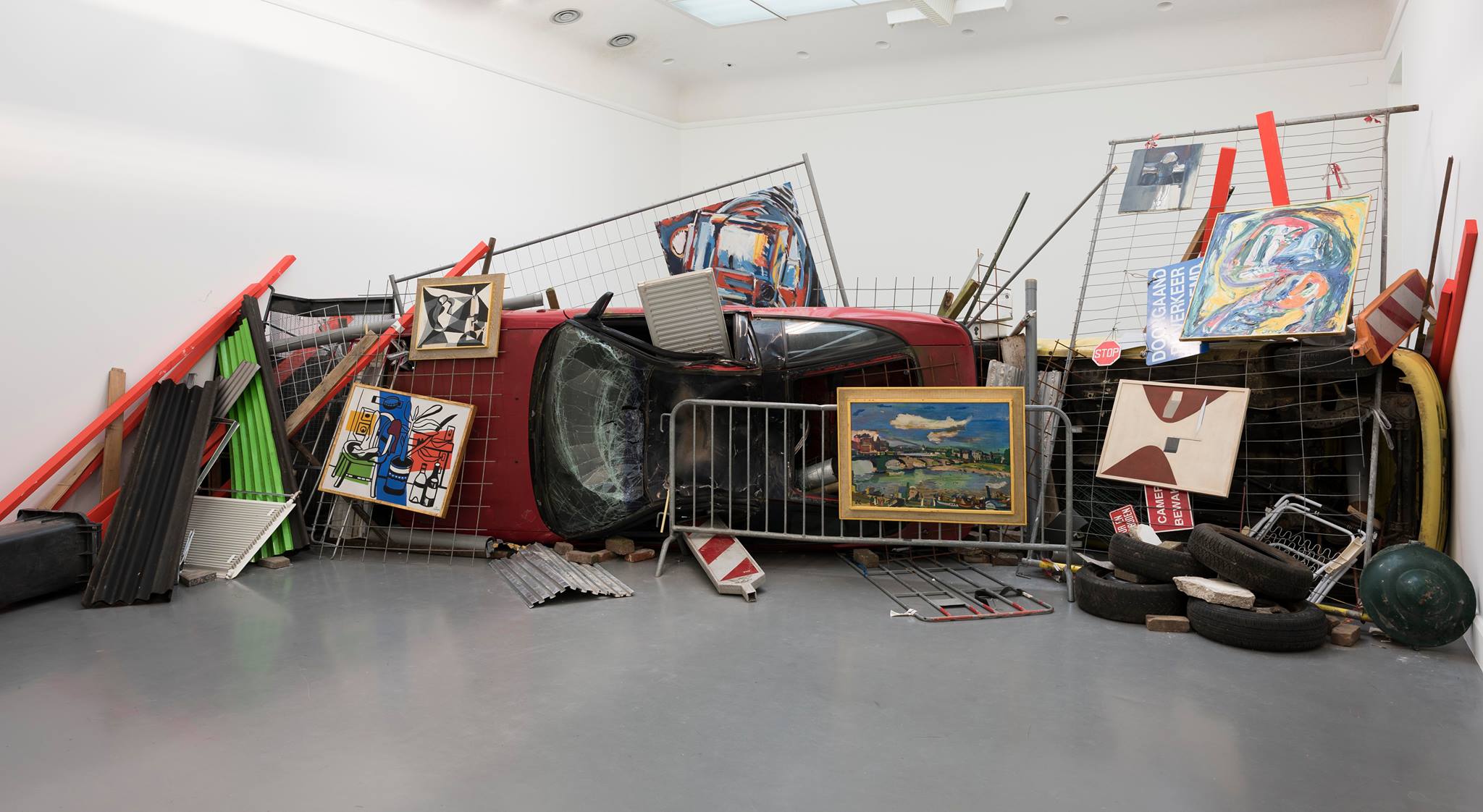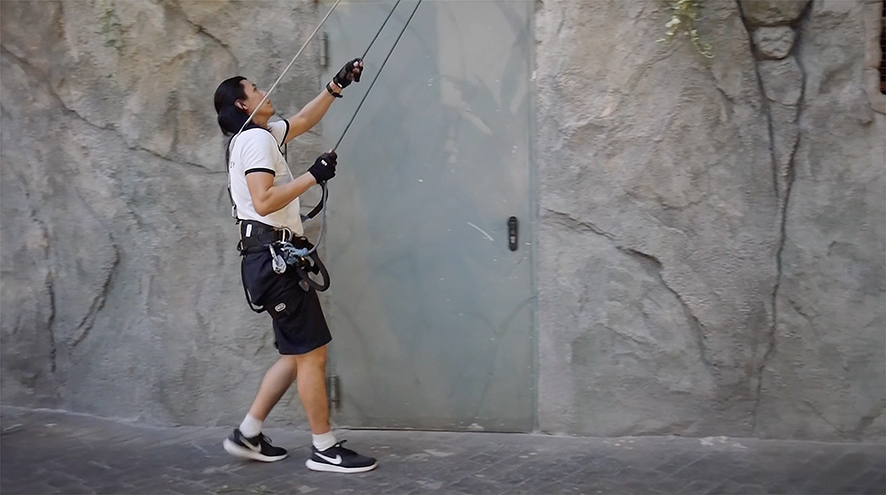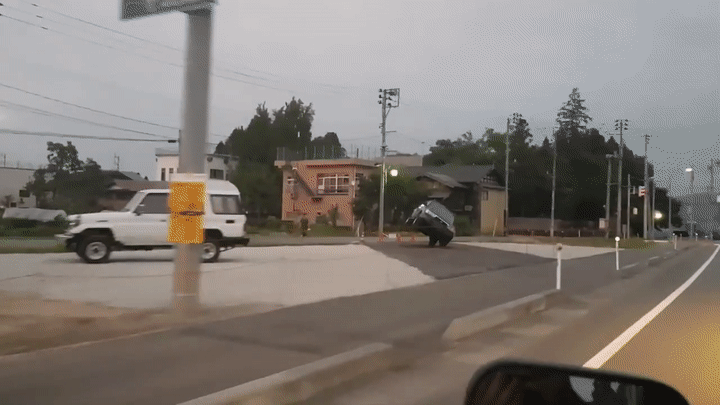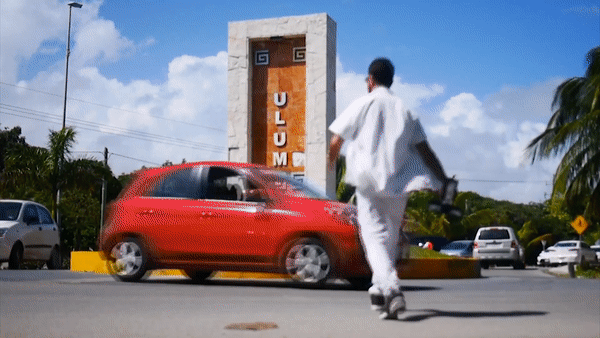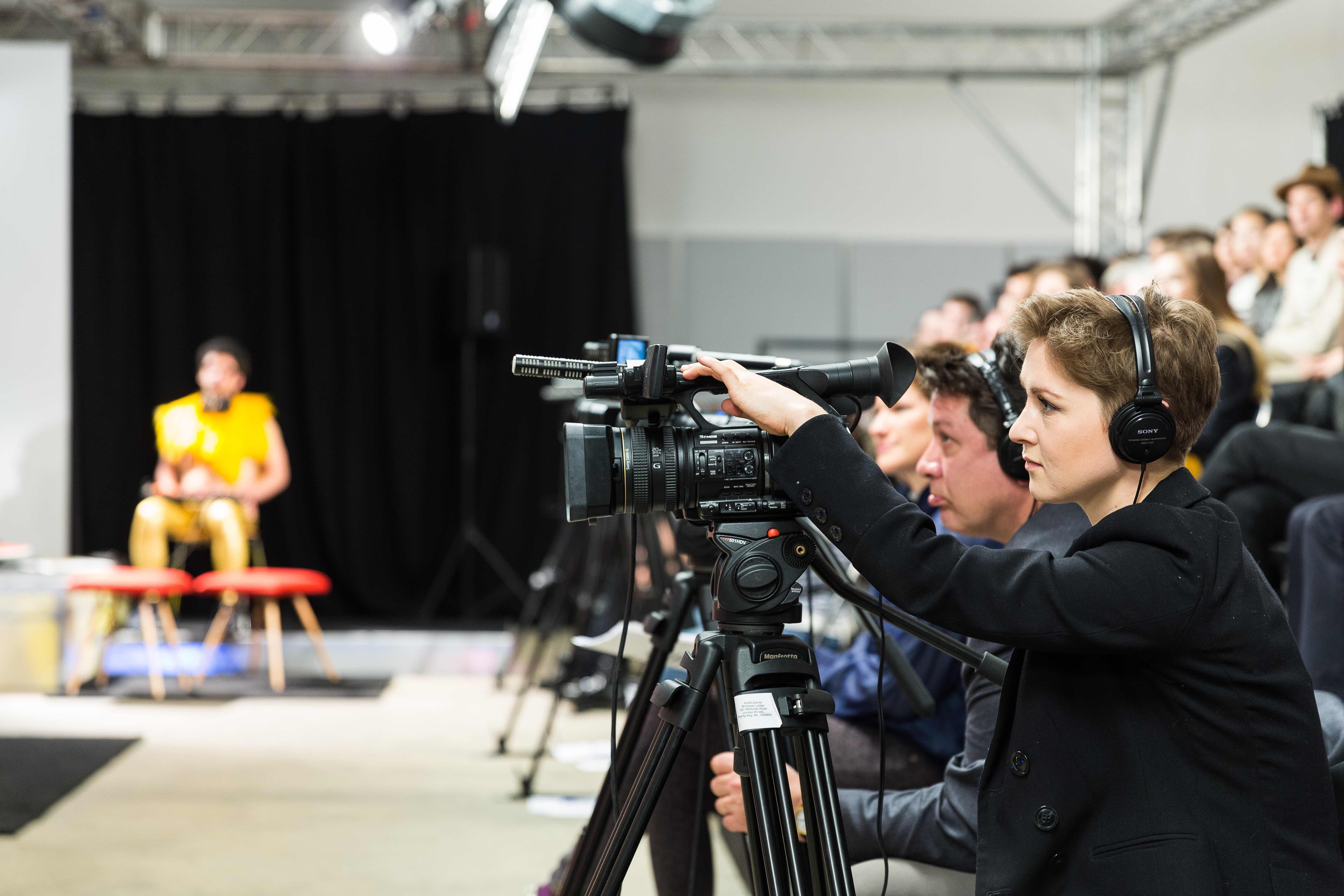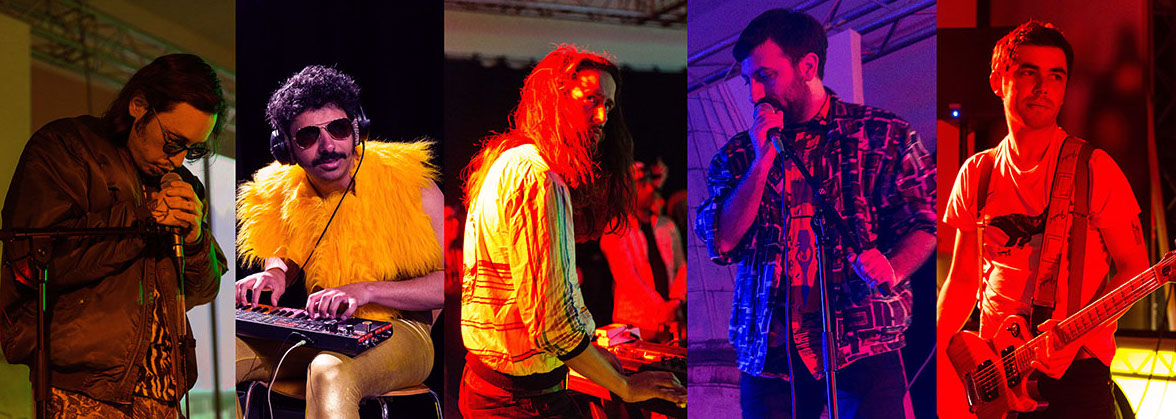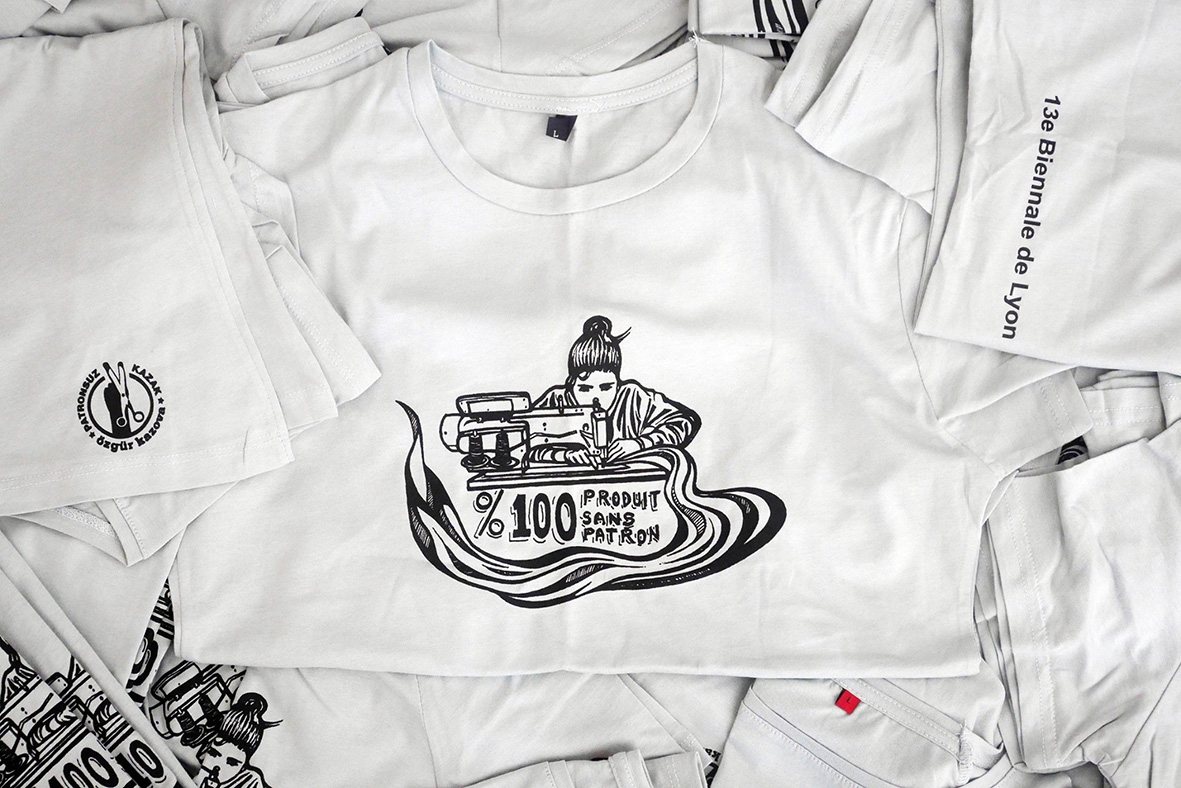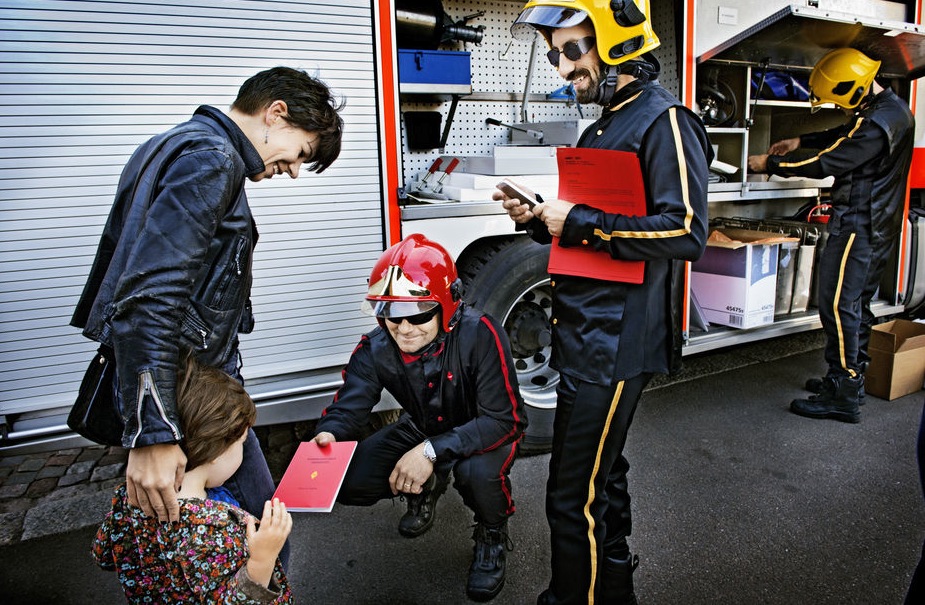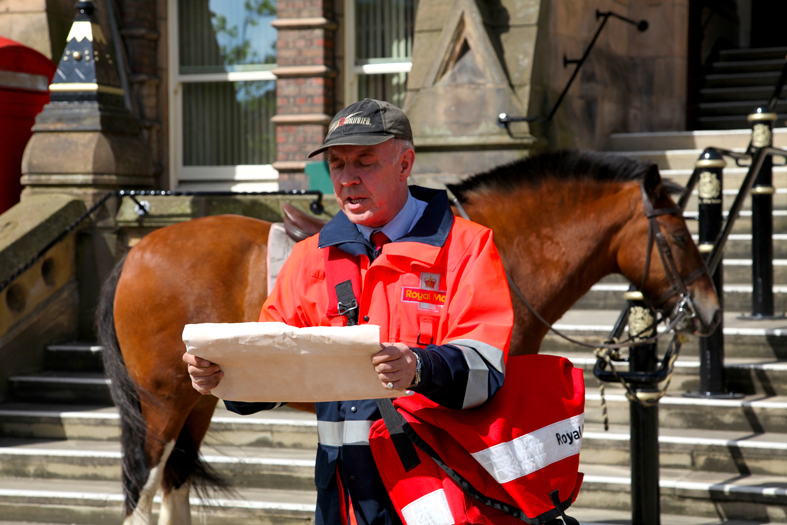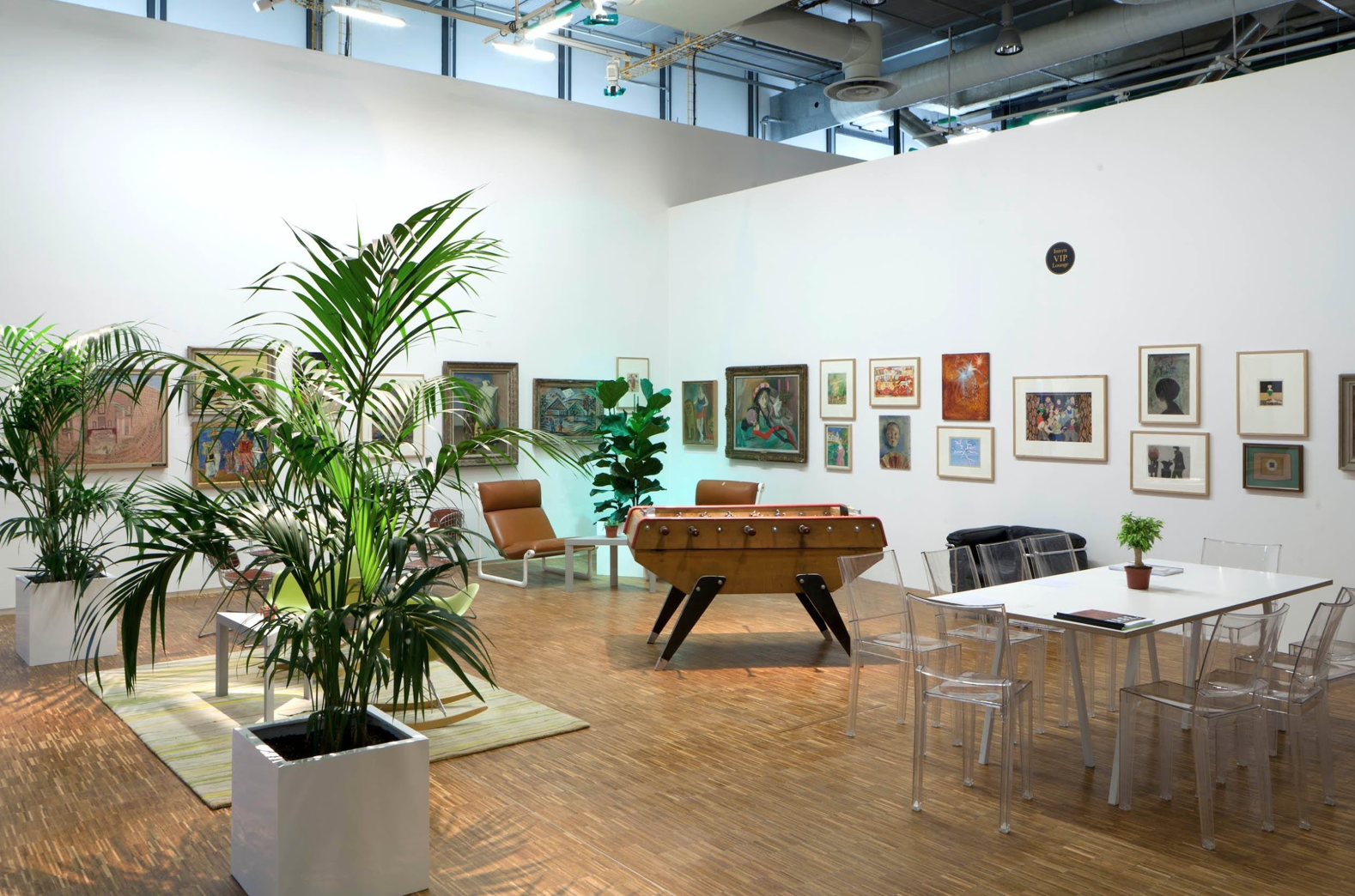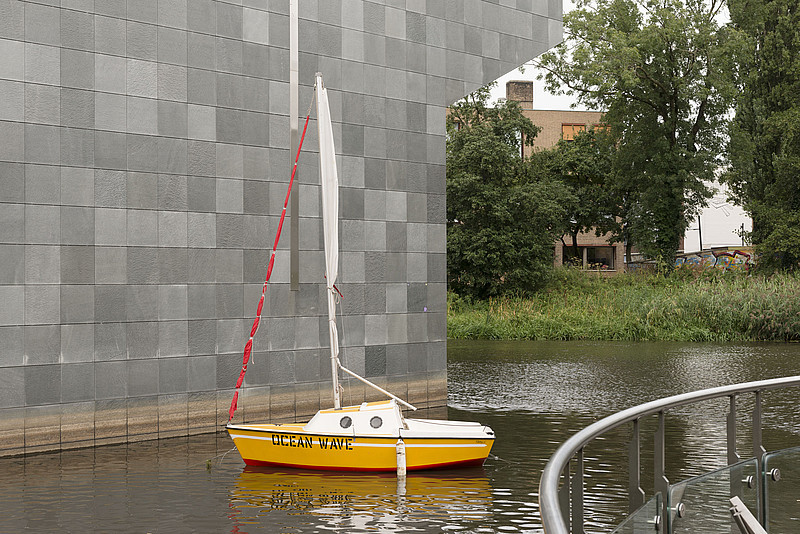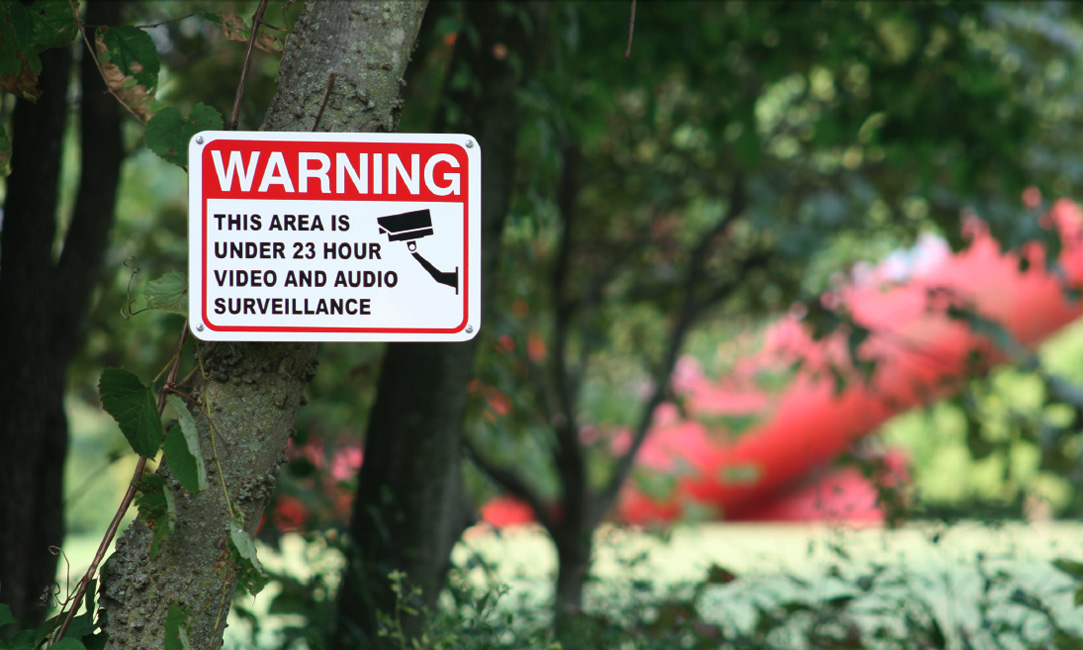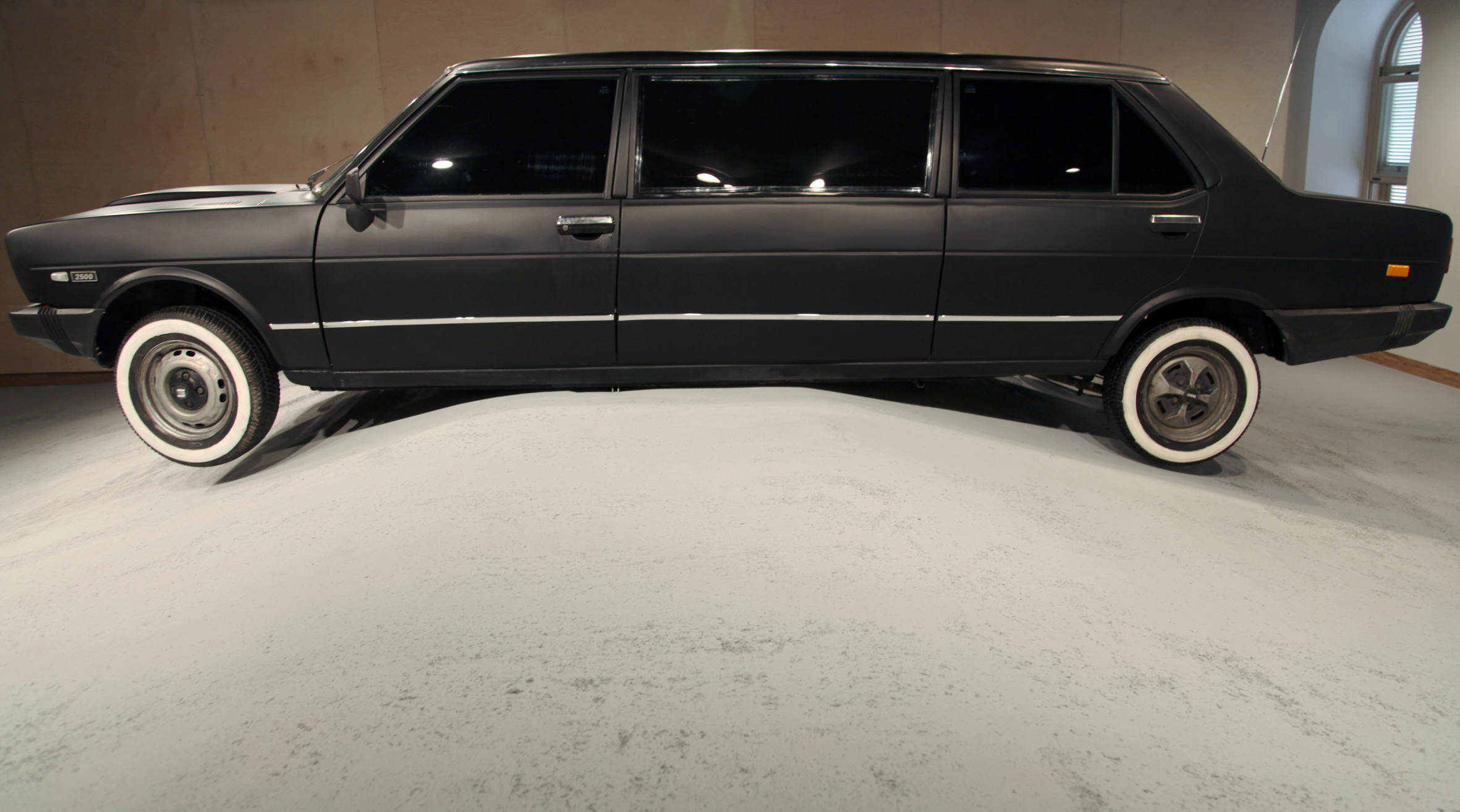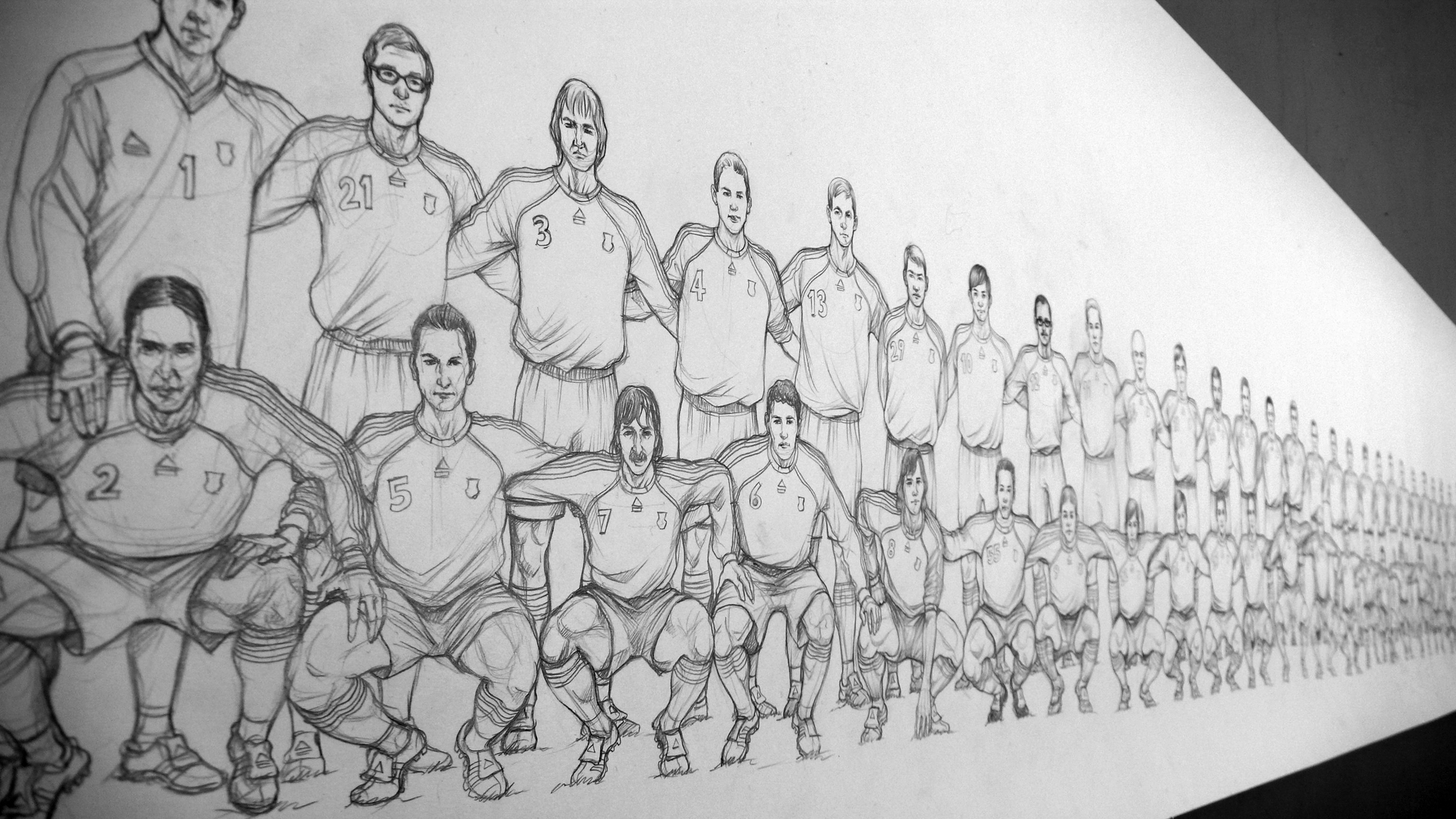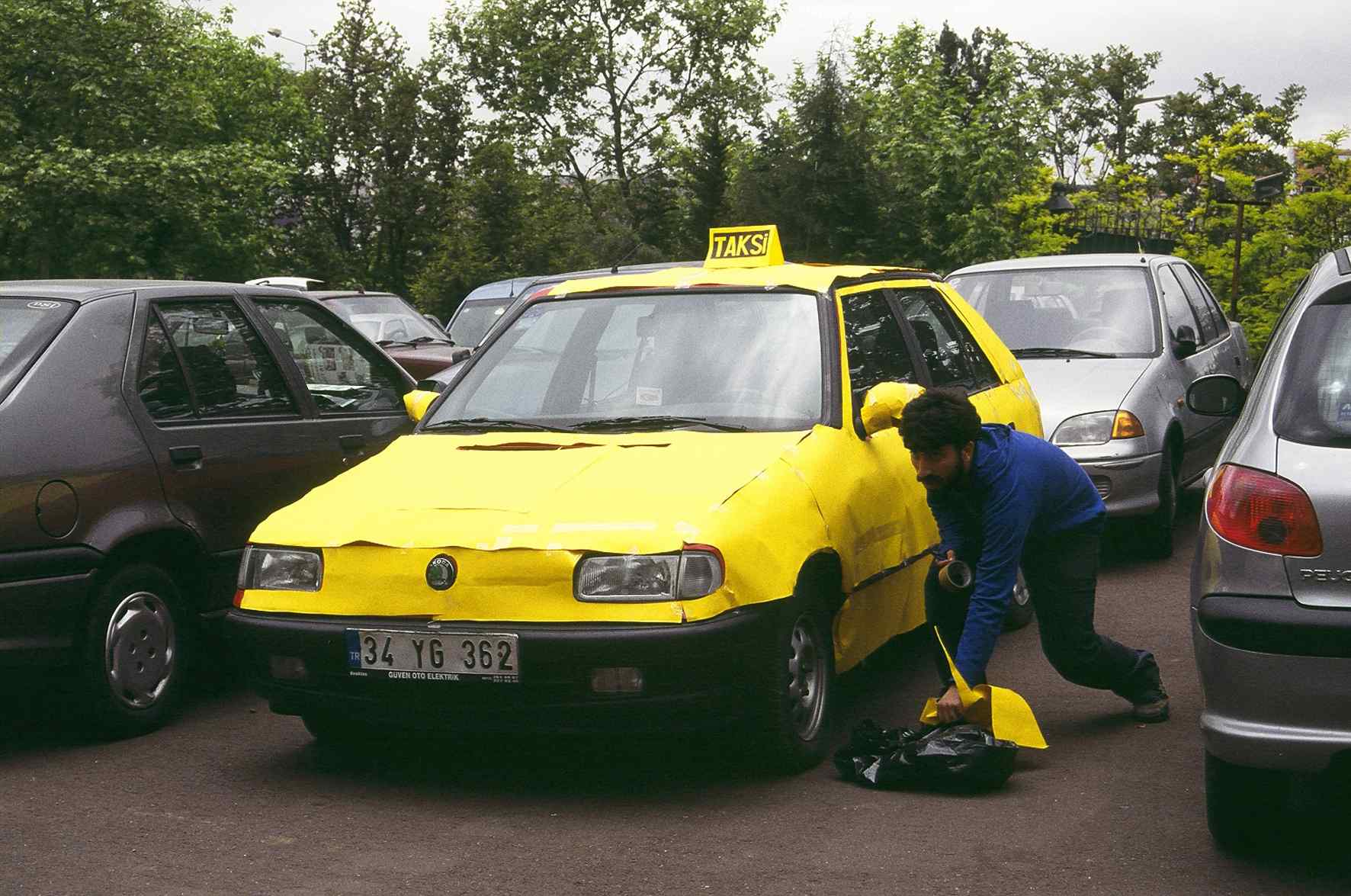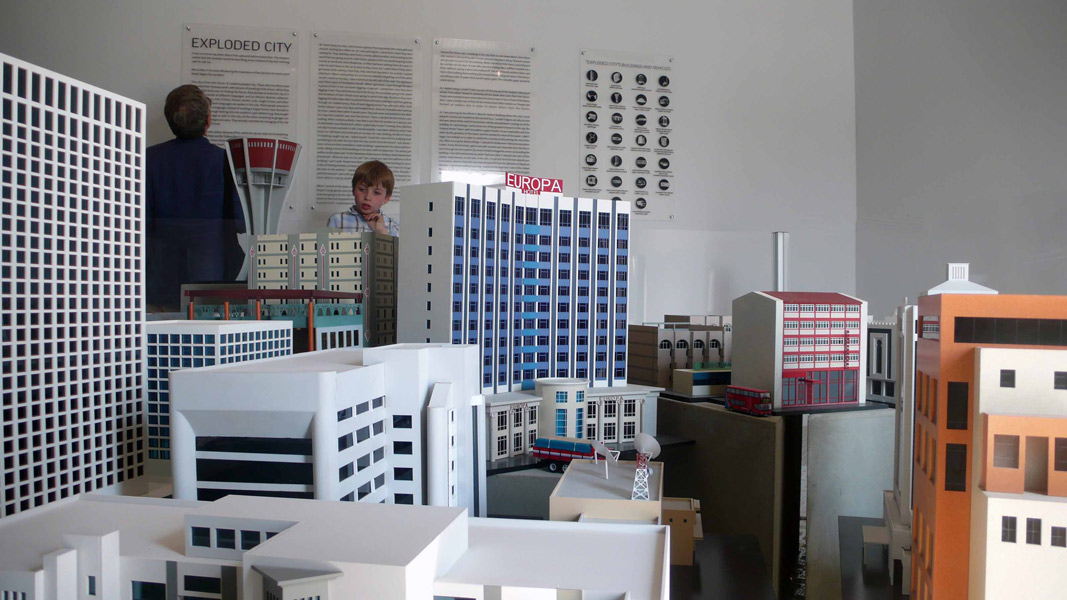
Exploded City
2009
Installation, scale model buildings, vehicles, mixed materials,
430 x 480 x 160 cm
view from Pavilion of Turkey, The 53rd Venice Biennal; Commissioned by Istanbul Foundation for Culture and Arts (IKSV)
collection of Sammlung Goetz.
2009
Installation, scale model buildings, vehicles, mixed materials,
430 x 480 x 160 cm
view from Pavilion of Turkey, The 53rd Venice Biennal; Commissioned by Istanbul Foundation for Culture and Arts (IKSV)
collection of Sammlung Goetz.
Exploded City envisions an imaginary metropolis comprising real buildings, monuments and vehicles from across the world.
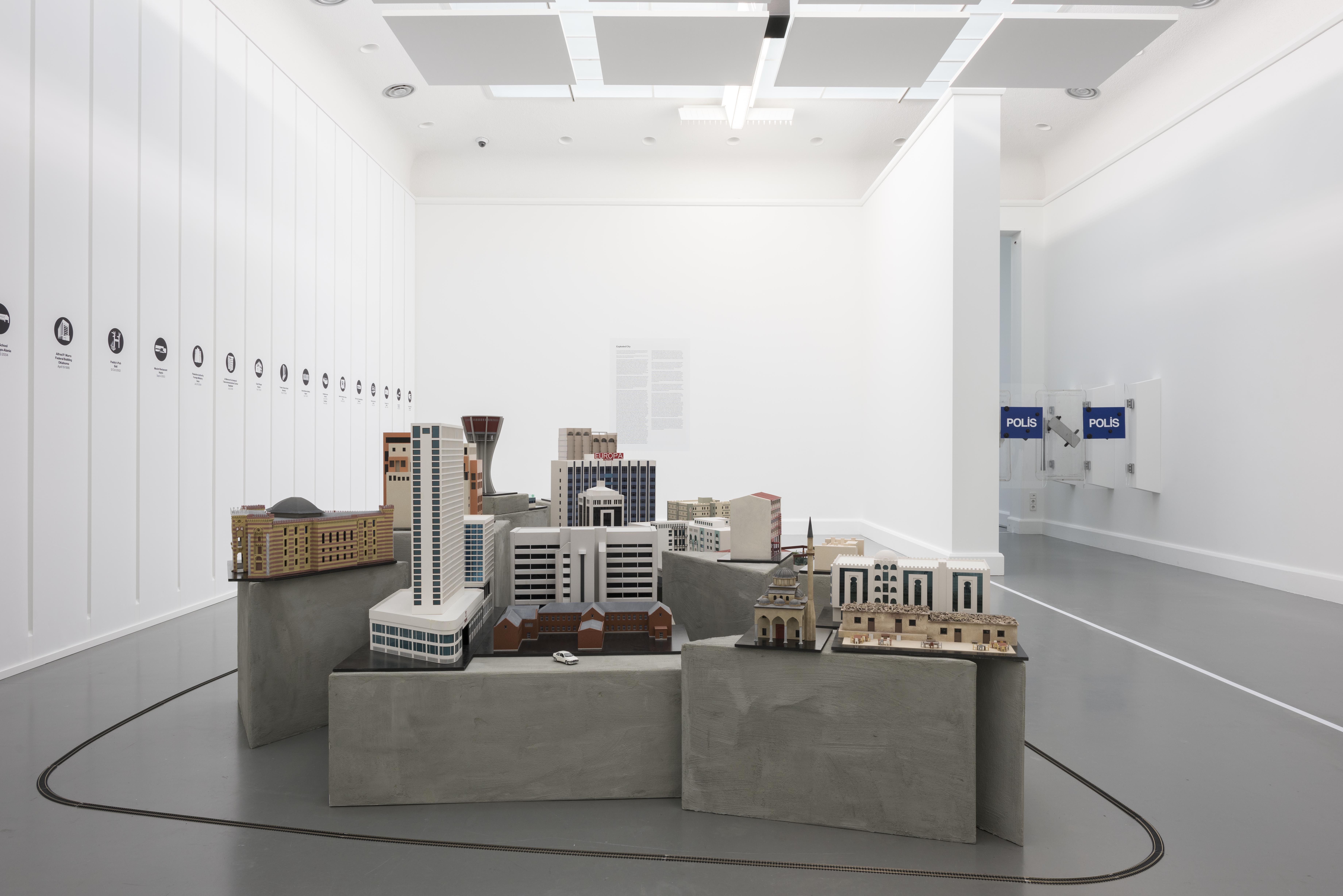

 Exploded City’s Buildings and Vehicles:
Exploded City’s Buildings and Vehicles:• Madımak Hotel, Sivas, 2 July 1993
• Europa Hotel, Belfast, 1972-1994
• HSBC Bank, Istanbul, 20 November 2003
• Ferhadija Mosque, Banja Luca, 7 May 1993
• Mostar Bridge, Mostar, 9 November 1993
• Water Tower, Vukovar, August-November 1991
• Future TV Station Building, Beirut, 10 May 2008
• National Library, Sarajevo, 25-26 August 1992
• Post office, Pristina, 8 April 1999
• Tikrit Museum, Tikrit, 27 March 2003
• Beslan School, North Osetya-Alania, 1-2-3 September 2004
• Alfred P. Murrah Federal Building, Oklahoma, 19 April 1995
• Paddy’s Pub, Bali, 12 October 2002
• Maxim Restaurant, Haifa, 4 September 2003
• Al Mamoon Exchange and Telecommunications Center, Baghdad, July 2006
• Club El Nogal, Bogota, 7 February 2003
• Trident-Oberoi Hotel, Mumbai, 27 November 2008
• United Nations Building, Algiers, 11 December 2007
• Wedding house, Kakaral 1 July 2002; Kandahar, 6 November 2008
• Islamic University of Gaza, 29 December 2008
• Clinic Center Dragisa Misovic, Belgrade, 20 May 1999
• Stagecoach Bus 30, London, 7 July 2005
• Commuter Train, Madrid, 11 March 2004
• Renault 19, Şemdinli, 9 November 2005
• Truck Ford D1210, Susurluk, 3 November 1996


Exploded City
It was a summer day when Marco Polo appeared before Kubilay Khan. The emperor, certain that the Venetian would be describing some unheard of city that morning, said: So, tell me.
Marco Polo, in his voice still bearing the impressions of the city from his most recent travel, begins his narration:
This city is from the future. It’s called The Exploded City. Those who live there have emigrated from faraway lands, with dreams of traveling to the future. When they realized that there was no finding the future, they decided to build this city. It is said that hundreds of different languages, such as Ossetian, Bosnian, Albanian, Kurdish, Castilian, Irish, Turkish, Persian, Arabic, Urdu, Anglo-Frisian, and other Saami, Altai and Slavic languages are spoken in this city. These people who don’t speak each other’s language, instead of creating a lingua franca, have learned to communicate through looking into one another’s eyes. Not before long, they taught me this eye language as well. In this city, all the other remaining languages are like a constant background noise. They actually resemble the besieging of the city by various types of birds.
The city often hosts visitors. Because of this, while the city has only one of everything, it has 3 hotels. These are the Trident-Oberoi Hotel, Madimak Hotel and Europa Hotel. Before I made a choice between them, I listened to the story of each from an old man sitting across the street, in front of Paddy’s Pub. According to what he says, one day in the future, thousands of people are going to burn down the Madimak Hotel without blinking an eye, with musicians, poets, bards and writers trapped inside. Many travelers won’t even stay in that hotel because they are scared. After listening to the other stories, I told him that I would be staying at the Madimak Hotel and left.
After settling in the hotel, I went back outside and started walking the streets of the city. The roads were covered with sand, small pebbles, earth in various colors and layers, and fresh dirt. All roads led up to the city plaza. While I was walking, an adobe house caught my eye. I asked about it to a man who was smoking in front of his house. According to what he said, the house belonged to an Afghani family. Both sons of the family were to return home one day to have their weddings there. First the younger brother’s wedding was going to be bombed, and 5 years later, the older brother’s wedding was going to be blasted to the ground. Although they knew this, everyone in the house had been busy for years, excitedly decorating the house. As I went along my way, I came across a group of young people who were gathered around, waiting by a white car. As I was passing by, I asked them what they were waiting for. They said they came from a county called Semdinli, and according to the word that was going around, in the future, people in this car would be going to this county to bomb the Umut Bookstore, so they had been waiting there for years in order to catch those in the car as soon as they came out. I asked them if they didn’t get bored while waiting. Cheerfully, they said that they didn’t. For a while, I waited with them. When I realized that no one had any intention of getting out of the white car yet, I went on my way. I saw a school on the left side of the road. The signboard read ‘Once Upon A Time Beslan School’. When I got closer, I saw through the door a group of kids in the courtyard digging a large pit. I asked them why they were digging a hole. They said that one day in the future, the school was going to be raided and hundreds of their friends were going to perish that day, therefore they were digging this bottomless ditch to prevent those who were coming to raid from getting through. As I walked away, they all kept digging and joking with each other. A bit further ahead, I saw a bus stop and headed there. A bunch of people were waiting for a bus. I asked them when it would come. They said never and pointed to the other bus stop that could be seen over the horizon. There, a double decked red bus was waiting. When I looked carefully, I was able to see that the number on it was 30, and its destination was Marble Arch. When I asked why it wasn’t moving, they said that one day it would, and when it did, it would explode. I was taken aback by what I had heard, so I left them and continued on my way. As I was walking, the Beirut Future TV building caught my eye. I asked myself, ‘Could the name of this building have something to do with the fact that this city comes from the future?’ Just ahead, I saw a structure that resembled a state building. I approached the street petition-writer sitting in front of the building on his stool, with his typewriter. The words just written on the paper said: ‘To the Palestinian Autonomous Territory, State Department Directorate’. When he saw me, he said “Son, would you take this petition to that building? I can’t walk. People have been refusing to go into that building for years in fear of it being bombed, so I keep having to rewrite my letter since I have to change the date on the petition.” I apologized, saying I didn’t have much time. Actually, I said that because I was a bit appalled; I was also a bit embarrassed. He lowered his head without saying anything and went on writing where he had left off.
When I arrived at the plaza, a Ford truck with a 20 RC 721 license plate struck me. People in large groups were around it, touching it. Rumor had it that this red hooded truck was going to be the city’s savior in the future. People believed that laying their hands on the truck disposed them of their fears. Someone had named the truck “The Susurluk Truck”. I asked them the reason, but nobody knew.
I heard that there was a building in the city that no one knew about. Even those who worked in the building didn’t know what job they were doing. I became curious and decided to search for the building. When I found it, HSBC Bank, Levent Branch was written on the door. A man who saw me waiting there baffled, handed me a letter without saying a word and walked off. The mysteriously written letter said that in this building hid something that would become of great value in the future; something made of paper that would replace gold. This valuable would be called Money.
As I walked along, I couldn’t take my eyes off the beauty of the Sarajevo Library just ahead. From what I heard, it contained all the books that came from the future. People who wanted to learn more about the future were in line in front of the library door. I saw a similar line in front of the Pristina Post Office further on. People had formed an endless line in order to obtain letters from the future.
As I was passing by the Alfred P. Murrah Federal Building where the city’s most popular nursery was located on the second floor, I couldn’t figure out why no one else was aware of the smell of ammonium nitrate and petroleum coming out of the building. As I went along, I came across one of the greatest treasures in the city, the Vukovar Water Tower, with its endless supply of water. It was impossible not to be taken by the grandeur of the tower and the wonderful smell of the water. I didn’t linger, but walked on in order to satisfy the curiosity of discovering the rest of the city. After crossing the Mostar Bridge, I noticed the Al Mamoon Telecommunications Center. It was the first time I got to see with my bare eyes how data from the future went through the atmosphere by means of electromagnetic waves surrounding the building. I was still mesmerized by what I had seen when I noticed train rails. At the station called Atocha, on the side of the rails, it said that the first train would pass in 722 years, when in fact, the train had already left from the direction of Alcala de Henares. I continued without pausing. I waved to the Algerians I saw in the United Nations Building and to the smiling patients looking out the windows of the Dragisa Misovic Medical Center. I found myself back at the hotel just after sunset.
During my time there, I heard many stories about the city. It was said that students from the Gaza Islamic University were busy emptying out the nitroglycerine from thousands of dynamite surrounding the Ferhadija Mosque. And the students who went to Club El Nogal always had their dinner across the road at the Maxim Restaurant. After eating there myself, I spent my last day in The Exploded City at the empty Tikrit Museum, imagining the various codes of law from Mesopotamia, remains of monuments, inscriptions, and monumental sarcophagi surviving from ancient empires.








